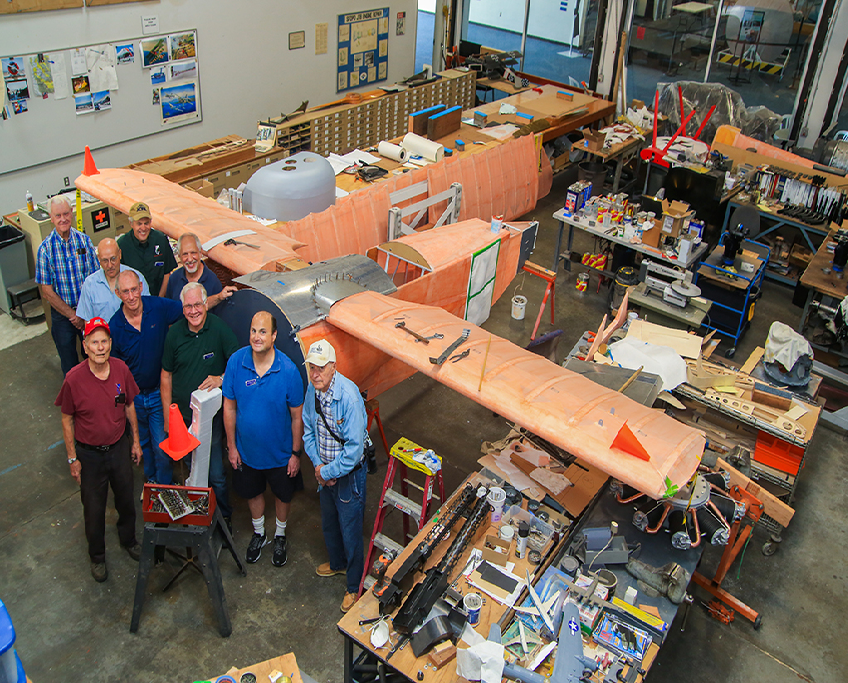Island Vibes- the latest Facebook Festival- is taking place this weekend

Have you been to a Facebook Festival yet this summer?
The next Facebook Festival themed “Island Vibes” is taking place this Saturday, August 17th from 1:00pm-6:00pm at Facebook HQ in Menlo Park. This will be the third of five Summer festivals.
The festivals are a popular activity for the whole community. Attendees can enjoy a farmers market, food trucks, live music, a kids zone, artisans, crafts and more.
This Saturday you can enjoy live music from: Mustache Harbor, Rafa, Jordan T, Thrive, Steven Espaniola, the Aloha Uke Squad, Ukulenny and your fearless leader. There is even a kid’s stage that will feature Lori and RJ/ Cotton Candy Express Music, Something Ridiculous and Martin and the Green Guitar.
The Festivals have something for all ages to enjoy. For more information, click visit their Facebook event page or visit their website.











